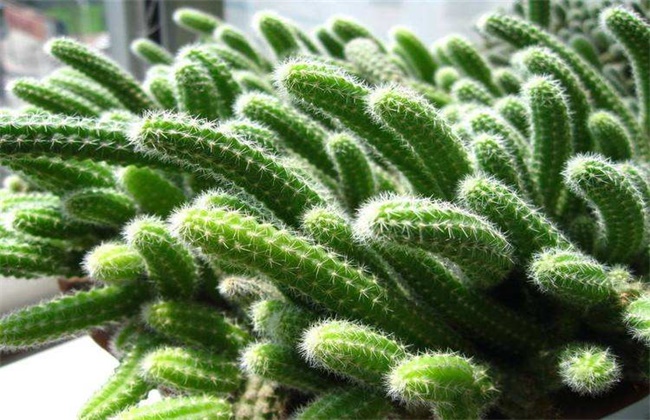The egg blossoms and the leaves. What's going on?
Frangipani is also called egg yolk flower, big season flower, etc. It is an ornamental plant suitable for planting in gardens and grasslands. It can also be used as a potted plant in the home, welcomed by many people. At present, there are many people who cultivate and plant frangipani on a large scale, and in the maintenance process, frangipani often loses its leaves. So what's with the frangipani leaves? The following small series will briefly introduce you, let's take a look together!
1. Light discomfort
Light is very important for the growth of frangipani. Frangipani has strict requirements for light, neither can it grow in a dark environment for a long time, nor can it accept excessive light. Too weak light will reduce the photosynthesis of frangipani and reduce nutrient accumulation, while too strong light will lead to leaf burns, etc., all of which are easy to cause frangipani leaves to fall off. Therefore, while maintaining sufficient light, we should pay attention to controlling the light time and intensity. During the peak growth period, about 7 hours of light should be maintained, shading should be done in summer, and artificial light should be properly supplemented in winter.
2. Improper soil
Soil is also very important for the growth of frangipani. Frangipani grows well in soft, permeable soils. If the soil hardening, irrigation capacity is poor, then the impact on the growth of frangipani is very large. Soil hardening can inhibit the respiration of frangipani roots, affect the absorption of nutrients and water, etc., resulting in defoliation. Therefore, we should pay attention to the management of soil in planting. Keep the roots breathing normally and drain normally. If it is planted in flowerpots, then it is necessary to change the pots once a year to ensure the normal growth of frangipani and reduce the phenomenon of falling leaves and yellow leaves.
3. Temperature reasons
Temperature discomfort is also a major cause of frangipani leaf loss. Frangipani likes to grow in warmer environments, and its high temperature resistance and cold resistance are poor. The temperature is too high and too low for the growth of frangipani is very unfavorable, and the most suitable growth temperature of frangipani is about 22-25 degrees. Therefore, after entering the high temperature summer, we should do a good job of cooling down, spray water properly on the leaves of the plants, and maintain the humidity to reduce the temperature. Similarly, in the winter of low temperature, it is necessary to do a good job of insulation to prevent the temperature from being too low to cause the frangipani to freeze and drop the leaves.
4. Improper fertilization
Fertilization is essential when planting frangipani. And many people in the fertilization, because improper fertilization can easily lead to the phenomenon of falling leaves. Among them, excessive fertilization and high concentration are the most common, which can easily lead to plumbergia fertilizer damage, resulting in root rot and deciduous leaves. Therefore, we must pay attention to reasonable fertilization, not too much fertilization, proper topdressing of some thin liquid fertilizer every month to prevent fertilizer damage. When entering winter, because the temperature is relatively low, frangipani gradually dormancy, this time can be appropriate less fertilization, or stop fertilization.
The above is a brief introduction to what happened to the egg flower leaves. Today's introduction is here, this article is for reference only, I hope to help everyone oh!
Related
- Fuxing push coffee new agricultural production and marketing class: lack of small-scale processing plants
- Jujube rice field leisure farm deep ploughing Yilan for five years to create a space for organic food and play
- Nongyu Farm-A trial of organic papaya for brave women with advanced technology
- Four points for attention in the prevention and control of diseases and insect pests of edible fungi
- How to add nutrient solution to Edible Fungi
- Is there any good way to control edible fungus mites?
- Open Inoculation Technology of Edible Fungi
- Is there any clever way to use fertilizer for edible fungus in winter?
- What agents are used to kill the pathogens of edible fungi in the mushroom shed?
- Rapid drying of Edible Fungi



